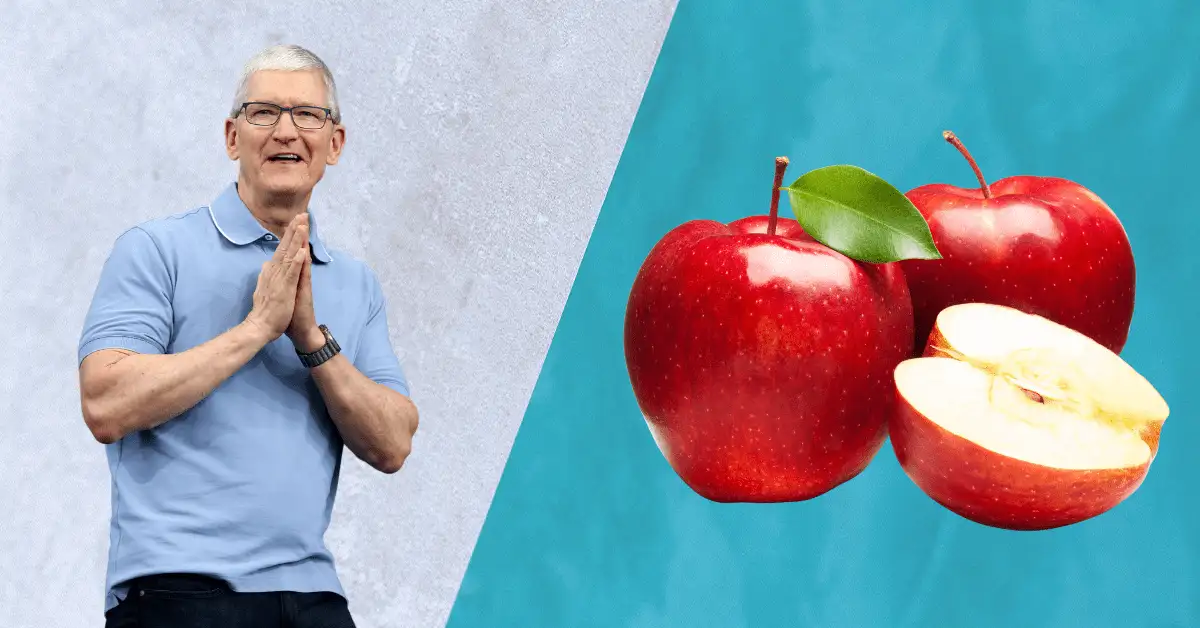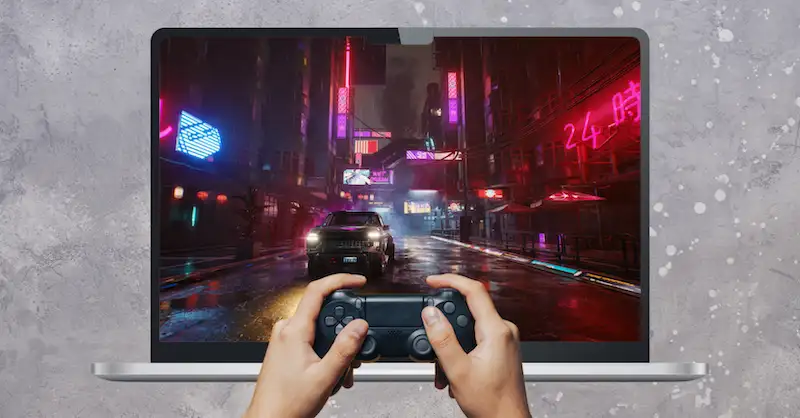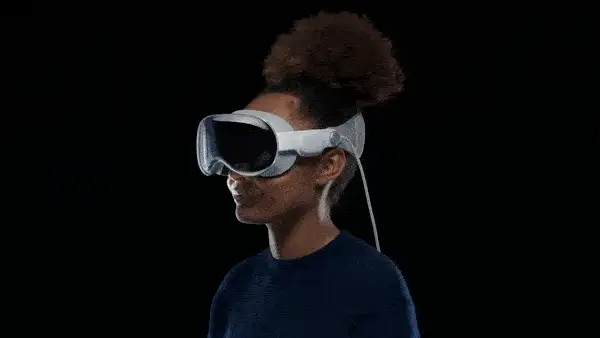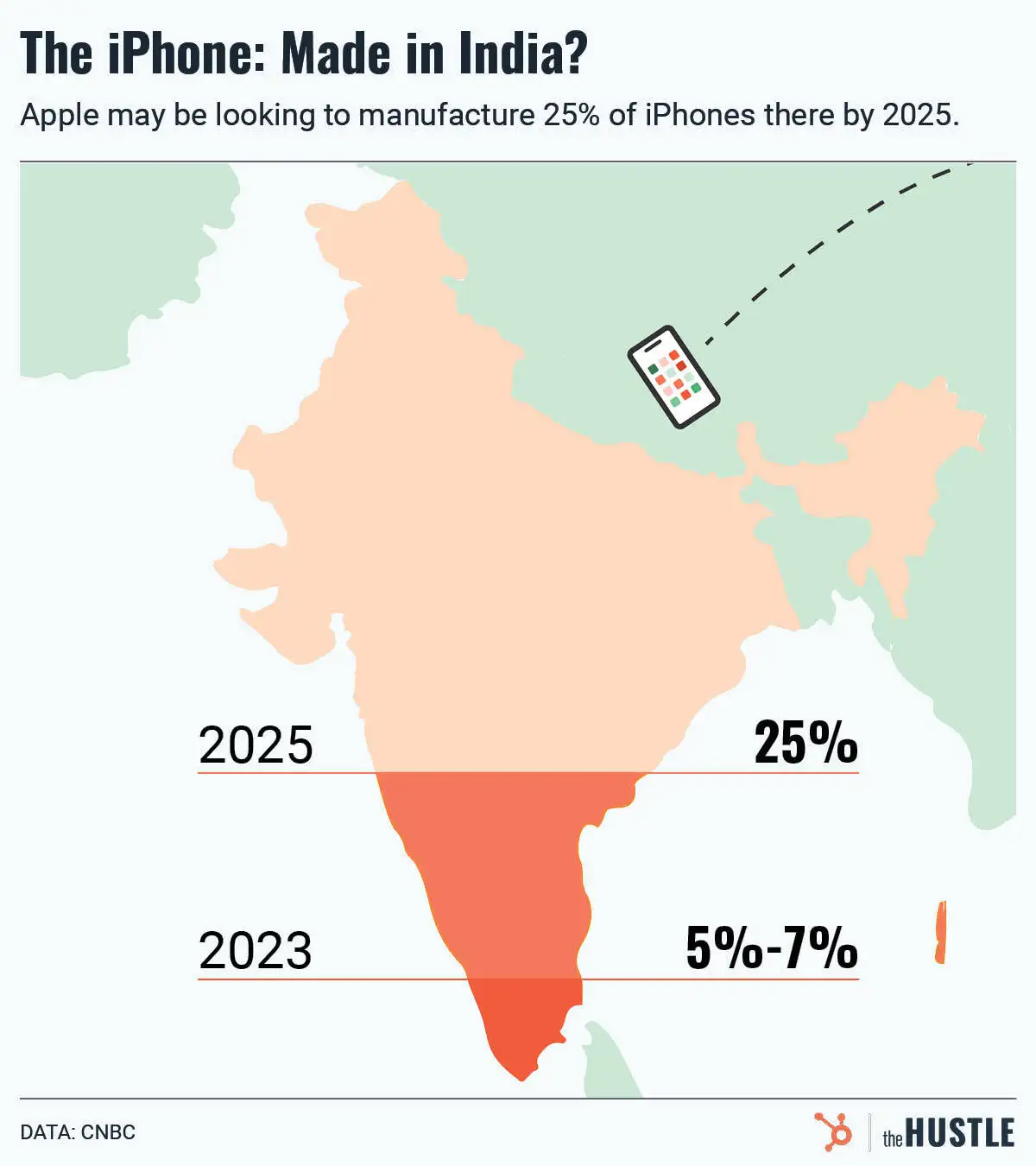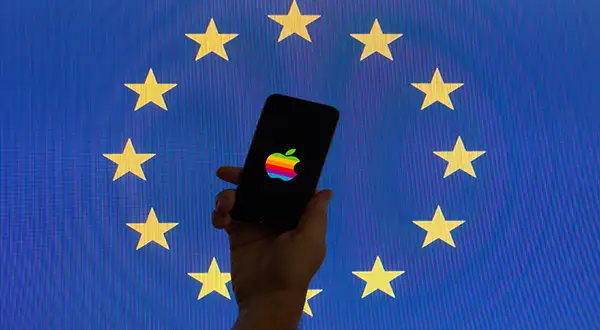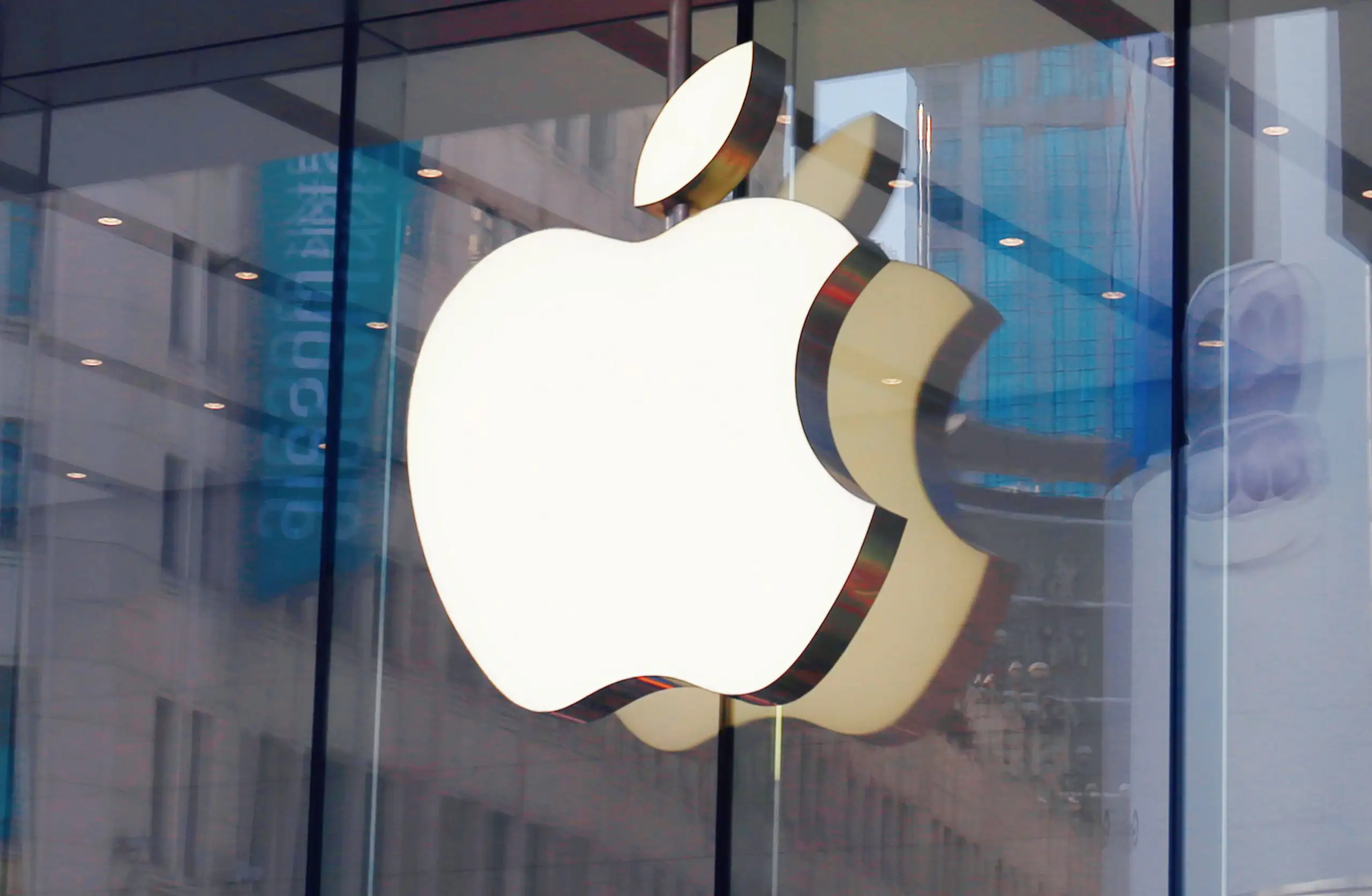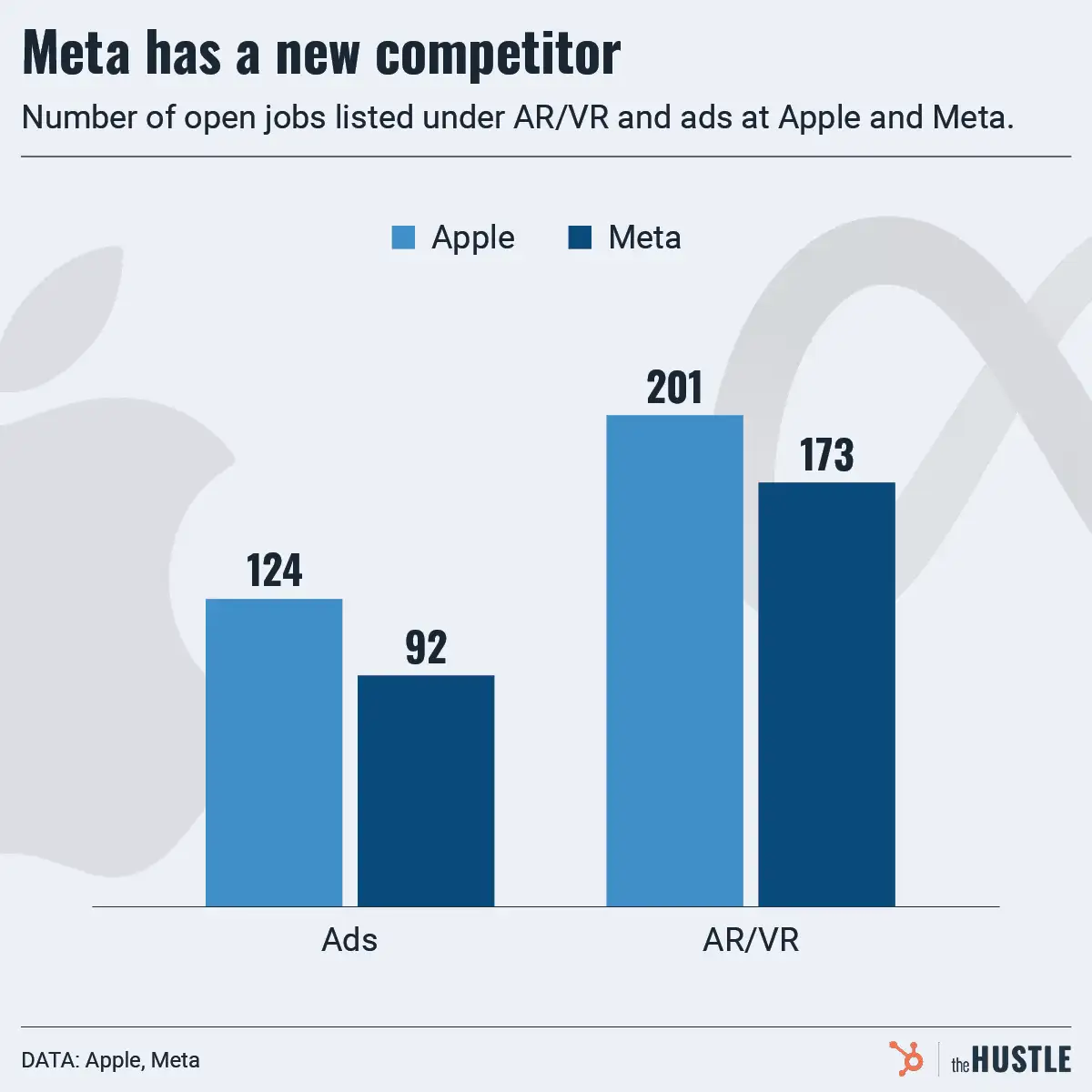Earlier this week, Tim Cook staged a Mission Impossible-style computer chip heist full of laser tripwire and rooftop jumps. Not gonna lie — it was dope.
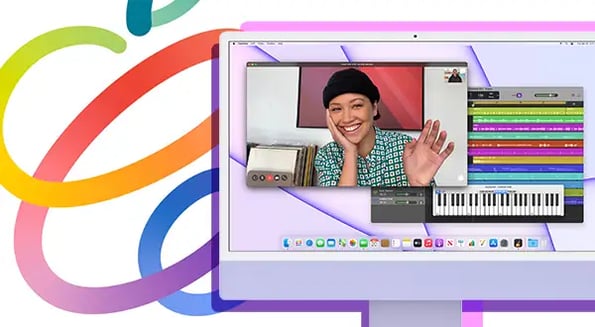
The stunt was part of Apple’s hardware-heavy “Spring Loaded” event that introduced home-built M1 chips into Apple’s iconic iMac lineup.
But that certainly wasn’t the only change for iMacs
The desktop got its first major redesign in well over a decade. And we mean redesign:
- Razor thin: The new iMac is just 11.5mm thick
- Color splash: It comes in 7 vibrant colors
- Zoom-ready: A new hardware-software camera combo should make you look less horrendous on Zoom
The redesign is part of a broader product strategy that’s delivered outrageous results (Apple has increased its market cap by ~$1.5T since the end of 2018).
Apple’s strategy shifted in recent years
According to tech analyst Neil Cybart, who explains how Apple recently changed from a “pull” to “push” strategy:
- Pre-2018: Apple management pulled users toward personal products (e.g., iPhone, Apple Watch). As a result, the iPad and Mac lines languished.
- Since 2019: Apple has pursued a “push” strategy in which all product lines are improving simultaneously (i.e., new iPhones, iPads, iMacs, etc.).
While the new desktop was announced on Tuesday…
…it was overshadowed by a Senate antitrust hearing on Wednesday.
Representatives from three Apple competitors voiced complaints:
- Spotify: The music streaming service said Apple’s App Store policies were abusive.
- Match Group: The dating platform highlights that payments to the App Store may hit $500m a year.
- Tile: Finally, the maker of bluetooth device trackers told Congress that Apple’s new AirTag tracker is basically a rip-off of its own hardware.
We get it — when the maker of the world’s most profitable smartphone, tablet, laptop, desktop, smartwatch, and wireless headphones says they’re entering your territory, it probably doesn’t feel great.

